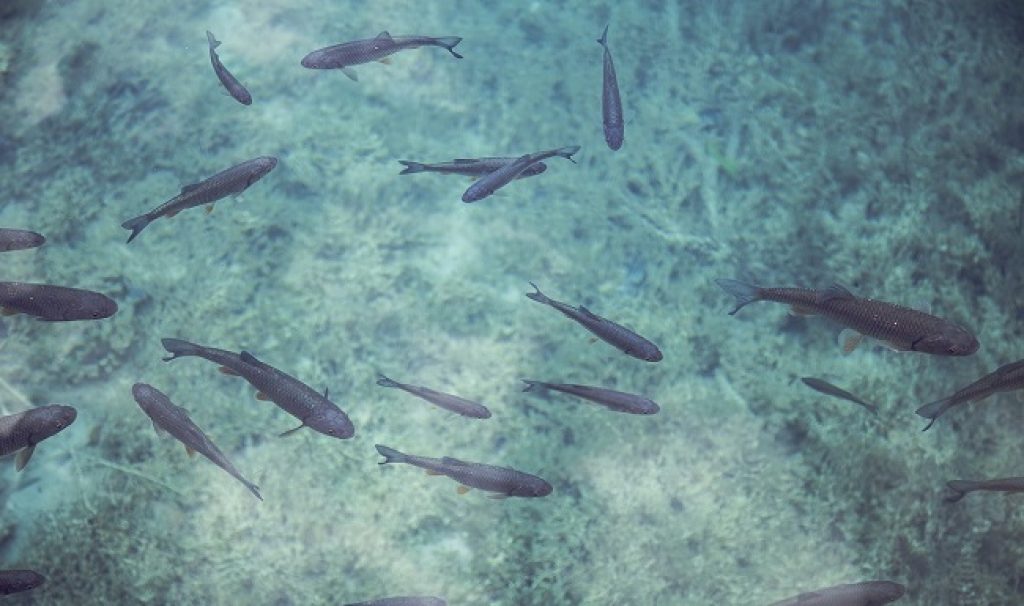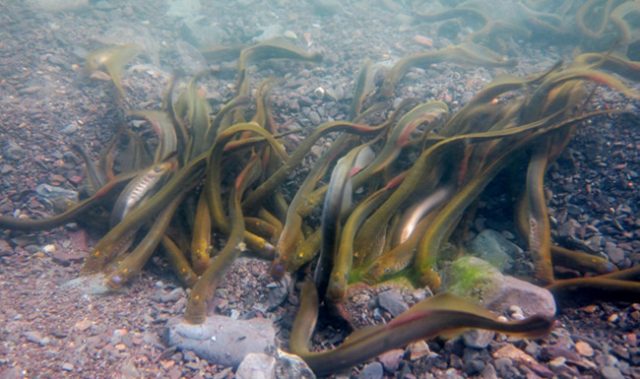
AsianScientist (Dec. 27, 2016) – The tsunami of 2011 is well remembered in Japan. Some towns have recovered, while others struggle to return to a life that once was. The same is true for ecosystems. In a new study in PLOS ONE, Japanese researchers report how sea life in different coastal regions of Japan struck by the tsunami have flourished or faltered.
“We watched in real time an ecosystem recover from a large natural disaster,” said Associate Professor Reiji Masuda, who directs the Maizuru Fisheries Research Station at Kyoto University and led the study. “We could observe how species recovered and whether any invading species could thrive.”
Even though, like the rest of the country, the authors were still in mourning in 2011, they also recognized the uniqueness of the opportunity and set up four research stations in Eastern Japan within two months of the tsunami. They then continued to collect data for the next five years.
“We found a very logical progression. First, small fish with short lifespans thrived, but gradually larger fish with longer lifespans began to recover, stabilizing the populations of the small fish. Also, body lengths got longer over the years, suggesting that the environment was supporting healthy recovery.”
The smaller fish recovered first because of their short reproductive cycle and the absence of predators. Another reason for their recovery, hypothesizes Masuda, was the new abundance of food.
“Many small fish survive off nutrients and sediments. The tsunami brought in a rich buffet from the land, and this could feed the fish.”
Interestingly, the authors of the study did find a brief period of invasion. Species typically associated with southern climates were found in the stations until the later years of observation, when cold-water species began to stabilize and likely begin to prey on the aliens. Indeed, invasion was greatest at the stations located in areas that suffered from the greatest destruction.
While Masuda’s interest is primarily in marine life, he sees a bigger purpose for the research.
“Japan suffers from many natural disasters, including tsunami and earthquakes. As marine biologists, we want to know how sea life recovers. But we hope our findings will help Japan prepare for disasters on land or sea.”
The article can be found at: Masuda et al. (2016) Recovery of Coastal Fauna After the 2011 Tsunami in Japan as Determined by Bimonthly Underwater Visual Censuses Conducted over Five Years.
———
Source: Kyoto University; Photo: Pixabay.
Disclaimer: This article does not necessarily reflect the views of AsianScientist or its staff.












